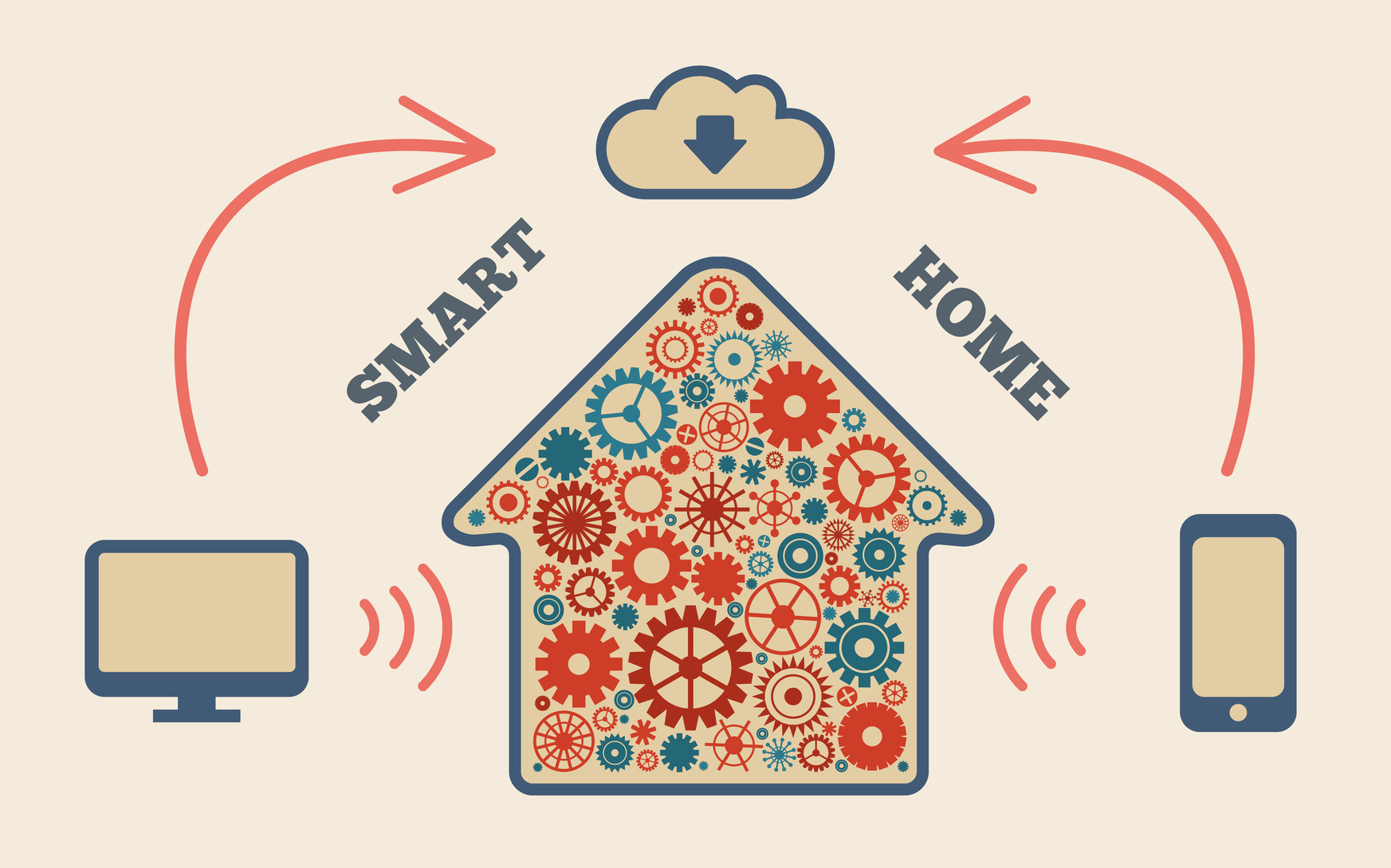We just finished having a new home built and moved in this past weekend. I’m a technologist by trade and have always loved gadgets. With a green field site, high tech awareness and a love for gadgets, you’d think my new home would be filled with home automation and smart home technology. Yet there’s remarkably little of this technology in our new house. Why not? I’ll talk through the two pieces of this technology we have installed as a way of illustrating why I think the smart home still has so far to go.
AT&T Digital Life – a complex installation
Earlier this week, we had a technician with an AT&T uniform and truck (technically, an employee of a third party contractor AT&T works with) come and install the necessary equipment for AT&T’s Digital Life service in our home. He arrived at 1pm or so and left around 6pm. What was he installing? A simple security system, with sensors on several doors, and a garage door opener.
Why did it take so long? Well, here’s the problem with almost all new technology in the home: it’s very much tied to old technology. I’ve had fiber broadband connections installed in three homes now and, in all three cases it took about half a day or more to install, as the technician first installed a box somewhere on the outside of the house and then installed a box and ran cabling inside the house. With our Digital Life service, connections had to be run to various power outlets and our broadband router and various boxes installed inside the house. Then the sensors had to be installed on the various doors. Then these had to be configured and tested. Then the technician had to install the garage door opener. All this for a system that actually runs off cellular signals.
After all that, what do we have? A smart, connected security system that can monitor when various doors are open and closed, set off alarms as appropriate, and so on. And a garage door opener that – for now at least – doesn’t work (apparently a compatibility issue with our brand new garage door mechanism that will hopefully be fixed soon).
I’m not complaining about any of this – I chose to install it and was made aware how long it would take. But it illustrates the challenge of installing new technology even in a brand new home. This stuff is hard, it’s disruptive, and it takes significant time even for professional installers to put in place.
Nest – simple, but perhaps too simple?
The other piece of technology we have in our home is two Nest Learning Thermostats to control our two zones (upstairs bedrooms vs. ground floor and basement living areas). I love the Nest – it’s easy to use, looks beautiful and, because it was installed as part of the construction, it was easy to install (though our builders did that job for us).
However, we could potentially have seven zones in our house – the HVAC was set up that way – and we’re finding we probably need those seven. The different rooms in the house are hit by the sun at different times of day and tend to heat and cool at very different rates and at different times as a result. So just because the Nest is in one room in a particular zone doesn’t mean the temperature it senses there is the appropriate one for the other rooms in that zone. We really need all seven of those zones to keep the temperature comfortable in all the various rooms. But that means installing not just two but seven of these $250 devices. While one can justify spending $500 on two of these on the basis of cost savings from the smarter HVAC control, spending over $1500 is a lot harder to justify. Yet these devices cost vastly more than the basic thermostats our contractor would have chosen by default.
Cost, complexity and interoperability issues
These two experiences highlight some of the major issues the smart home faces today. High cost, complexity of installation and usage, and interoperability issues between devices. Nest is creating its own smart home ecosystem, and AT&T’s Digital Life is an umbrella brand for its version of a smart home platform. Neither talks to the other and neither is part of the Apple HomeKit ecosystem or other major consortia. So, even though I might, in theory, want to be able to turn off the HVAC and arm the alarm with one simple “I’m leaving the house” gesture, in reality I have to manually set both of those things in separate apps (or by hand) if I want them to occur as I leave the house.
In addition, the AT&T experience in particular highlights what I think is one of the key challenges with the smart home: so many of the things we want to automate in our homes exist at a very granular level. Just as every door we wanted to incorporate into our alarm system had to be given its own sensor, so every light switch (or light bulb) would have to be controlled independently if we wanted to automate or remotely control our lighting with any precision. Thermostats are ripe for disruption partly because there are relatively few of them in the average home – our two are probably pretty typical. But light switches, electrical outlets, blinds, doors and windows are in the dozens in many houses today and it simply isn’t practical either to install smart home solutions on all of them or to pay the high cost to do so. I’m not sure I see a short term solution to any of these challenges, even though the interoperability issues will likely be worked out in time. The sheer complexity and cost is what makes smart home deployments prohibitively difficult today, despite the appeal to a gadget lover like me, and I don’t see that changing anytime soon.
